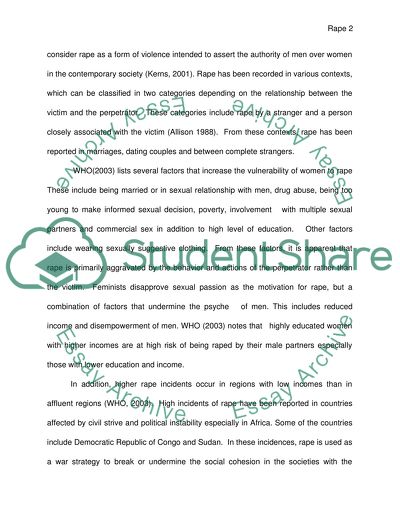Cite this document
(“Current feminist theories and practices are helping to change tactics Research Paper”, n.d.)
Retrieved from https://studentshare.org/gender-sexual-studies/1431095-current-feminist-theories-and-practices-are
Retrieved from https://studentshare.org/gender-sexual-studies/1431095-current-feminist-theories-and-practices-are
(Current Feminist Theories and Practices Are Helping to Change Tactics Research Paper)
https://studentshare.org/gender-sexual-studies/1431095-current-feminist-theories-and-practices-are.
https://studentshare.org/gender-sexual-studies/1431095-current-feminist-theories-and-practices-are.
“Current Feminist Theories and Practices Are Helping to Change Tactics Research Paper”, n.d. https://studentshare.org/gender-sexual-studies/1431095-current-feminist-theories-and-practices-are.


